Carlin Co
Advisor: Neil Minuk

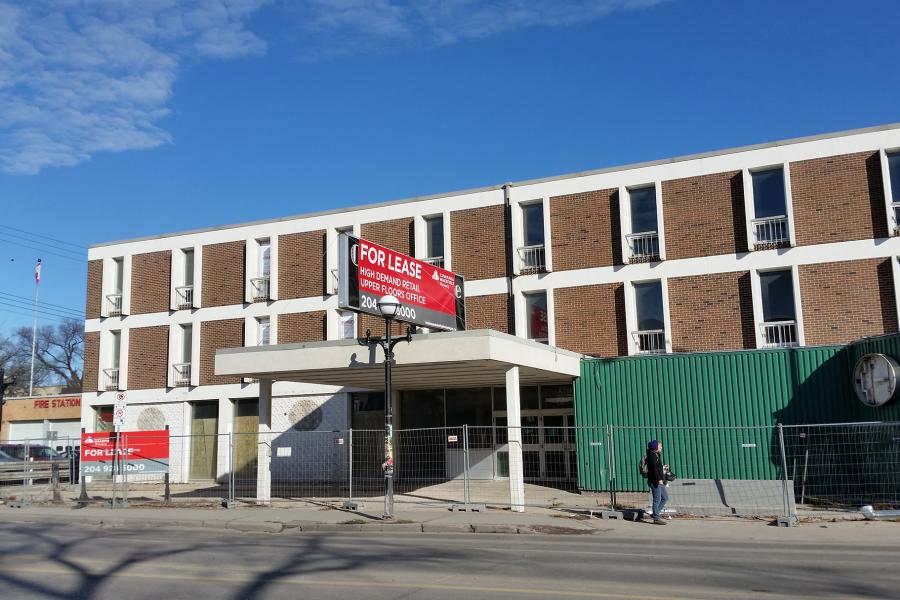
Building for lease after a slow decay from the mid-20th Century
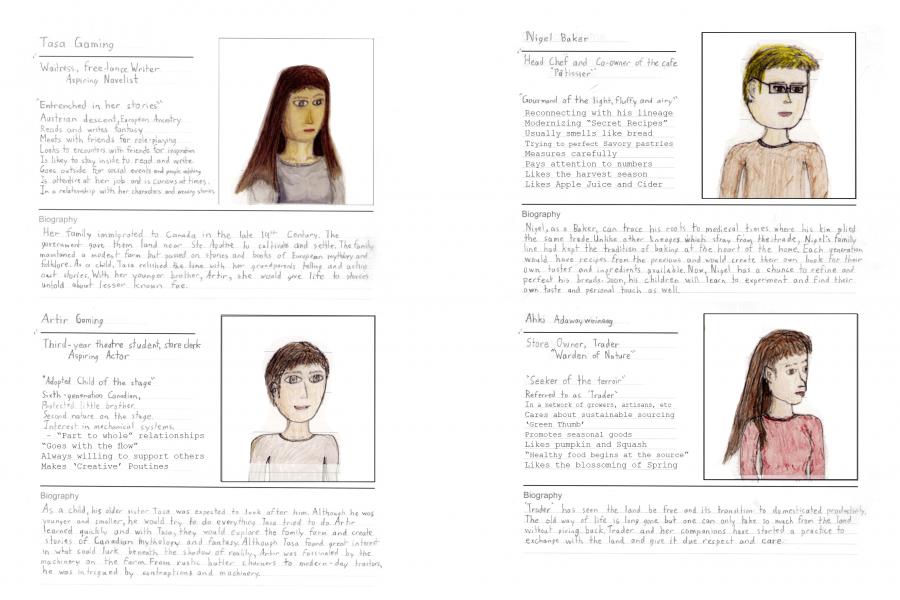
Characters developed to inhabit short-term housing and operate the main floor retail
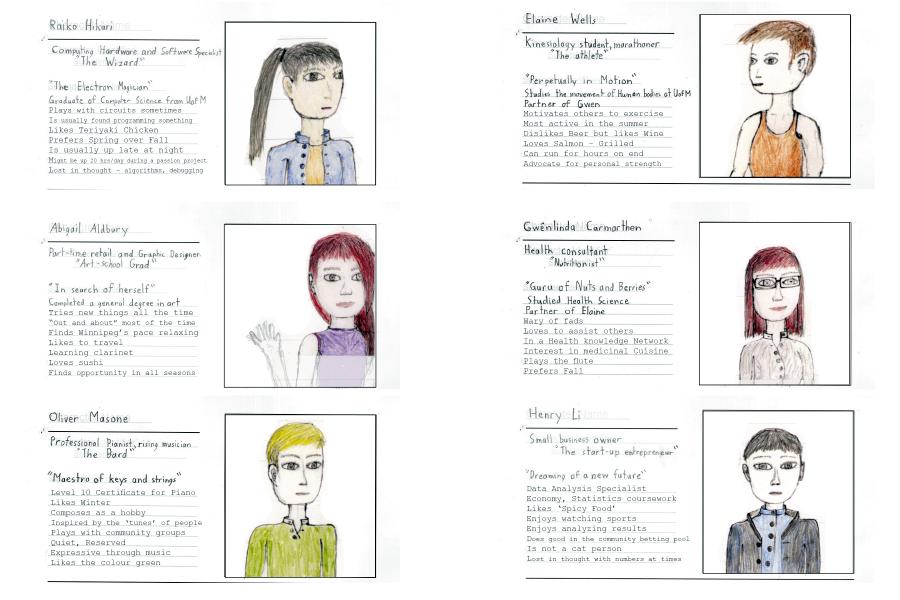
Characters drawn to visit, operate or live in the spaces of 160 Osborne
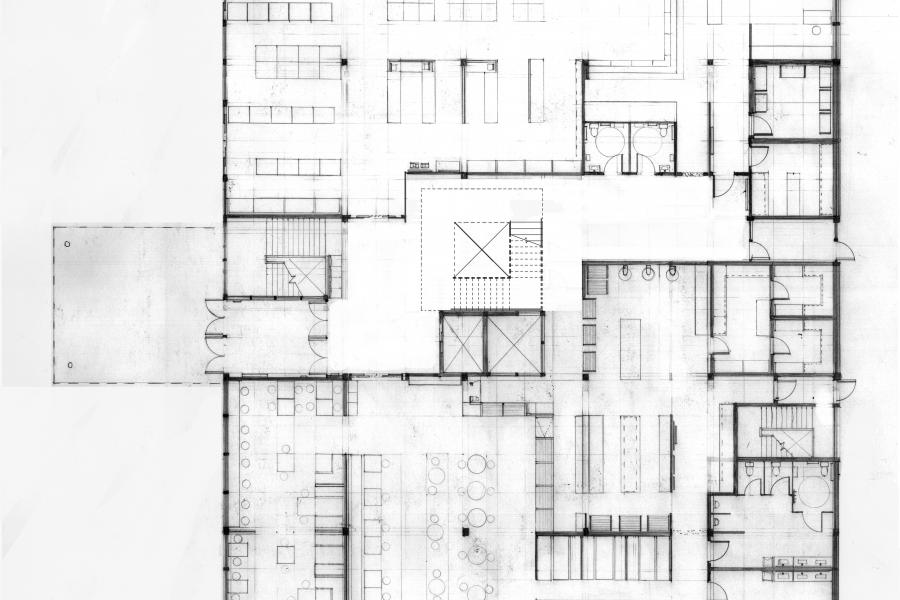
Grocery and Cafe
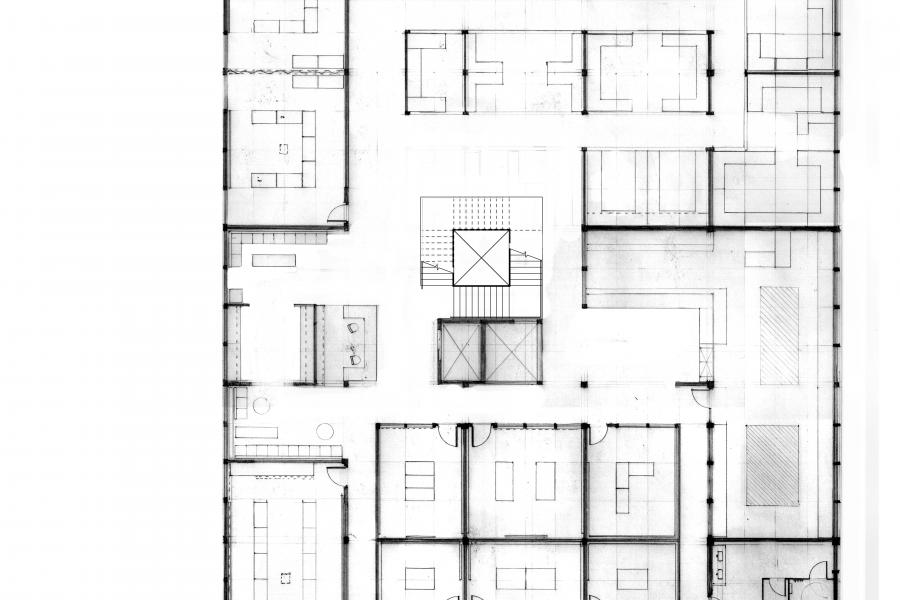
Conferencing rooms and group working areas for a variety of needs and working environments
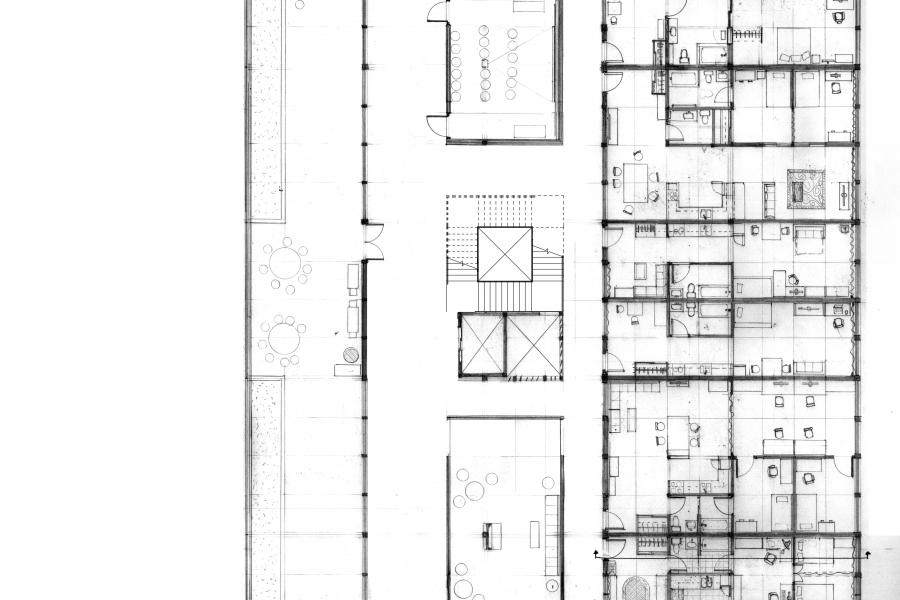
Architecture as Interactive Media: People and Place - Embodied Exchange
Architecture may be understood as the built environment forming an extension of the human being. As media, places express personal and cultural meaning. Messages are conveyed from the past to the future but also between individuals. As buildings are lived in, occupants in the present interact with their surroundings. As an inhabitant settles into a space to turn it into a place of residence, house becomes home. The resident negotiates with their home, making choices and decisions that makes the place their own. The home, personal space, becomes an extension of a person’s life that is read by others.
Proximity was the studio theme and the scale of relationships was the room. Initially, personal rooms, their content and context were studied and examined for opportunities in an interactive environment. Interactivity in space would mean a person’s ability to engage in their space, changing and adapting it to their own character. It means the ability for others to read and understand the space of others. The focal point for the project is internal glazing, curtains and other partitions. Security and privacy are needed for private life to continue safely while transparency combats social isolation. These elements are to be used to balance public-private realms while elevating personal ability to make spatial decisions.
160 Osborne, formerly known as the Osborne Village Motor Inn, is now a derelict building for lease as an office building with ground floor commercial or retail units. The proposal re-imagines the building as a mixed-use centre for the local character of Osborne Village. Food and entertainment are to be retained on the basement and main floor while two floors of office space can be used for individuals and small businesses. Three new floors setback from Osborne street contain residential units and a hostel. Characters were developed to inhabit the building and to define the internal relationships between people and place. The question is to see how architecture acts as a framework for a person’s life and how it mediates life between members of a community.
